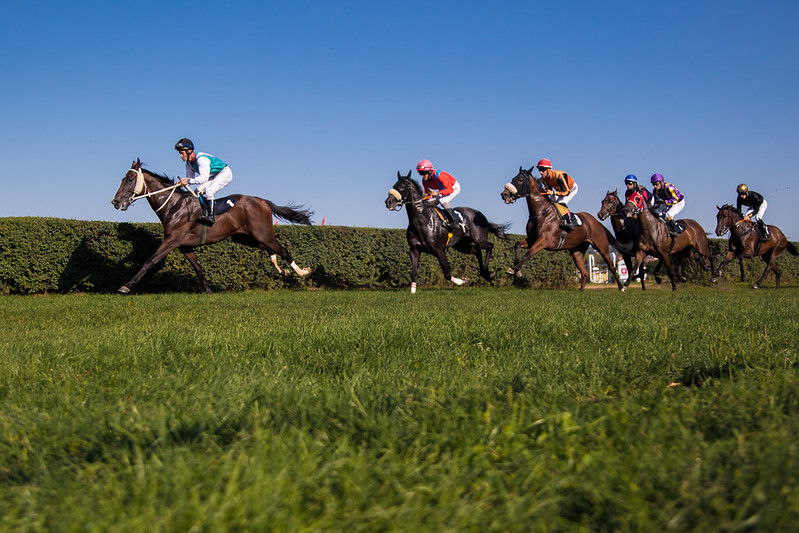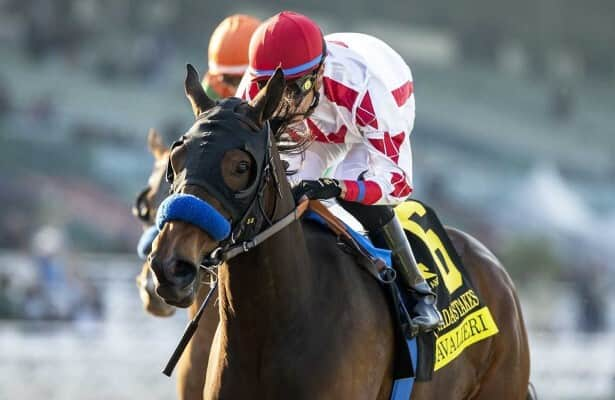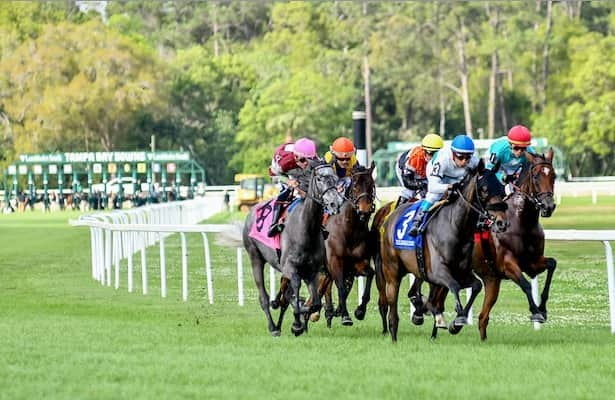How Are The Designs Of Horse Racing Tracks Evolving – NewsWatchTV

Few sports have been able to continuously change with the times more so than horse racing.
The sport is constant looking to improve, not only from an entertainment standpoint, but also to maintain the safety of the horses that compete on the track.
Racing in this modern day couldn’t look more different than it did over 20 years ago, and it will likely continue to evolve over the next 20 years, with even greater emphasis put on the welfare of the horses that compete on the track.
So, how are the designs of racing tracks evolving and what are some of the biggest reasons for the adjustments that have been made?
Track Surfaces
So if you are looking at the 2024 Breeders’ Cup odds you might be wondering how the racetrack surface has evolved over the years. One of the biggest differences that has been made in racing is the track surfaces that stars now compete on. Surfaces that were used over 20 years ago were unkind to the legs of the runners involved, meaning that changes have been implemented to reduce the risk of injuries.
Studies found that horses competing on a regular basis will need a surface that is cushioning on their feet, while maintains a firmness and grip to ensure that they can run at high speeds.
A key factor that has also been taken into account is the consistency of the surface, meaning that the track must be the same the whole way around to ensure that injuries aren’t suffered due to the ground not meeting the high demands of governing bodies.
This is also vitally important when it comes to training a horse, as a two-year-old skeleton is still transforming into a racehorse, meaning that ground will be key to building adaptable bones for racing, reducing the risk as the horses get older.
Biggest Changes In Jumps Racing
The most significant modifications in racing have come in jumps racing, with National Hunt governing bodies being on the front foot when it has come to addressing concerns surrounding horse welfare. The most notable changes were made in the 2022-23 season, with Stratford Racecourse being the first to try new modifications on their jumps schedule.
Changes to the hurdle and fence designs were made to make the National Hunt event races safer, with the changes being rolled out across the board over the next ten months. The changes were only marginal, with 368 fences and 2,132 hurdles changing marking colours from orange to white.
This change came after extensive research that was carried out, with the studies finding that white markers were easier to see for the horses from a distance. This study was commissioned by the BHA, and backed by The Racing Foundation. To get to this point of the study, over 110 obstacles were analysed, with eleven different racecourses used to pinpoint the preferred colour.
Such was the importance of the research that the National Hunt changes were also rolled out in point-to-point racing across the United Kingdom and Ireland at the start of the 2022-23 season.
Much-Loved Race Changes With The Times
There are few more iconic races on the schedule than the Grand National, with the Aintree showpiece staged for the first time back in 1839. Since then, the race has been watched by millions of fans, with the action annually screened in over 120 countries across the world, with over 600 million fans watching the Grand National.
However, due to the danger of the handicap steeplechase, there have been several changes to the National in the modern era, with the biggest developments coming in time for the 2024 National, which was won by I Am Maximus for trainer Willie Mullins.
The limited number of runners was changed for this year’s race for the first time since 1984, with a field of 34 runners lining up instead of the traditional 40. As well as this, the first fence in the race was moved 60 yards closer to the starting line to avoid horses building up too much speed before leaving the ground for the first time. This was highlighted by the fact that runners reached 28 mph for the first jump this year, significantly lower than the traditional average of 35 mph.
Recommendations from trainers have also been taken aboard, with the high number of fallers at the eleventh fence on the route being addressed. Therefore, the eleventh fence has been reduced to 4 ft 11 inches from 5 ft.
The BHA also has greater power when it comes to stopping horses that could struggle in the National. Horses that have made over 50% errors in their last eight races will be reviewed before their entry into the National is confirmed. Other changes to the race include the change in time due to the drier conditions in early April. Overall, the sweeping changes have been positively received by racing fans, but there is still work to do.
Related
Leading Parx jockey Sanchez will serve 7-day suspension
Photo: Jason Moran / Eclipse Sportswire Jockey Mychel Sanchez will serve a seven-day suspension and pay an additional $1,750 in fines
Bill Mott talks about plans for Sovereignty, Just F Y…
Photo: Gulfstream Park / Lauren King Sovereignty, dramatic late-running winner of the Fountain of Youth (G2) March 1, is being pointed
Up-and-coming Cavalieri chases Grade 1 glory in Beholder Mile
Photo: Santa Anita / Benoit Photo Cavalieri and Alpha Bella, who finished one-two in the Grade 3 La Cañada in January at Santa Anita,
4 stakes showcase shipping stars on Tampa Bay undercard
Photo: Gonzalo Anteliz Jr. / Eclipse Sportswire The stars will shine Saturday at Tampa Bay Downs, and not just in the Grade 3 Tampa Ba











